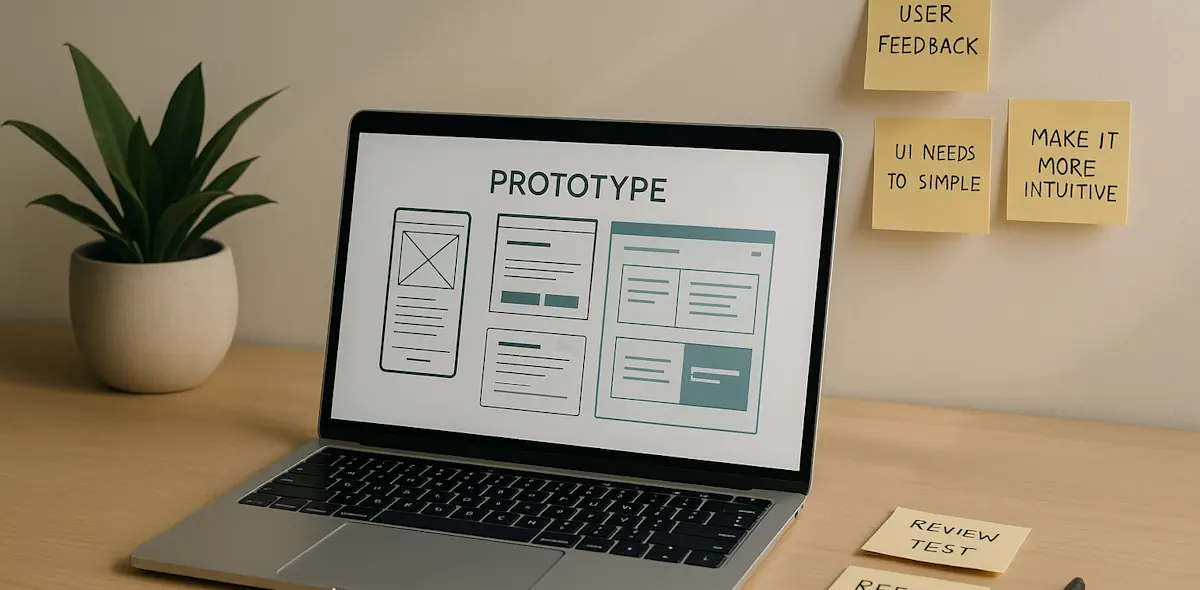Cognitive Load Kills Products
Why simplifying complexity isn't just good design.

I was recently reviewing a product flow when something clicked. The process had seventeen distinct steps, each asking users to make decisions about features or services they hadn’t experienced yet. Our completion rate was dismal.
The engineering team had built exactly what the requirements specified. The design team had created pixel-perfect interfaces. Yet we’d created something that felt impossibly hard to use—not because it was broken, but because it demanded more mental effort than most people could comfortably give.
We’d hit the wall of cognitive load.
What Cognitive Load Really Means
Cognitive load, formally introduced by educational psychologist John Sweller in 1988, describes the mental effort required to process information and complete tasks. Think of it as the bandwidth of human working memory—that limited mental space where we hold and manipulate information in real-time.
The Three Types of Cognitive Load
Research consistently shows that working memory can effectively handle about 7±2 pieces of information simultaneously. When we exceed this capacity, performance degrades rapidly.
Where Cognitive Load Shows Up
In User Experience
Observable Symptoms
- Hesitation before taking action
- Frequent backtracking behavior
- High abandonment at specific steps
- Repeated "how to" support tickets
- Valuable features nobody uses
Subtle Indicators
- Users choosing familiar over optimal paths
- Over-reliance on search vs. navigation
- Comments like "This feels complicated"
- Preference for mobile over desktop features
In Team Operations
I’ve seen brilliant strategies fail because the cognitive load of executing them overwhelmed the organization. Two examples:
The architecture review that went nowhere. We designed elegant microservices requiring engineers to simultaneously track service boundaries, data flow, dependencies, and business logic. Productivity plummeted.
The roadmap nobody could follow. Despite clear priorities and metrics, teams consistently made decisions that ignored the strategy. The roadmap required too much context switching for daily decision making.
Team Cognitive Load Warning Signs
Meetings that re-establish basic assumptions
Teams defaulting to familiar vs. optimal choices
Monitoring everything makes nothing actionable
In Personal Work
Reflecting on my university days, I remember research overload—each paper led to five more sources, each source revealed three new angles. The cognitive load of tracking information threads prevented synthesis and conclusions.
This pattern appears constantly in professional life: information hoarding, decision debt, and context switching costs that accumulate throughout the day.
The Strategy vs. Detail Trap
Getting buried in implementation details makes strategic thinking nearly impossible. I see product managers who become edge-case experts but lose sight of core user journeys. Engineers who optimize queries but can’t explain why it matters.
The detail trap works like this:
The Detail Trap Progression
This is why some of my most valuable contributions haven’t been features I’ve added—they’ve been complexity I’ve removed. Every unnecessary step, confusing option, or redundant information eliminated reduces cognitive load.
The Neuroscience Insight
Recent research reveals something counterintuitive: forgetting requires more brain power than remembering. Our brains actively suppress irrelevant information, consuming cognitive resources.
Good design isn’t just about what information you present—it’s about what information you help users ignore.
The Invisible Load
The most dangerous cognitive load is the kind we don’t notice. Like background applications consuming memory, invisible cognitive load degrades performance without obvious symptoms.
Invisible Cognitive Load Manifests As:
Interfaces that "work fine" but feel exhausting
Processes everyone follows but nobody can explain
Days that feel busy but unproductive
The Simplification Imperative
Recognizing cognitive load changes how you approach design—whether you’re designing software interfaces, team processes, or personal workflows.
The fundamental question shifts:
❌ “How can we include everything users might need?”
✅ “What’s the minimum information required for users to succeed?”
This isn’t about dumbing things down or removing valuable functionality. It’s about respecting the finite nature of human attention and working memory.
What’s Next
Understanding cognitive load is the first step. In Part 2, we’ll explore how to measure it, where it hides in your products and processes, and practical strategies for reducing it—both for your users and yourself.
For now, start noticing the cognitive load around you.
Where do you feel that subtle resistance, that sense that something should be easier than it is? That’s your signal that there’s work to be done.








